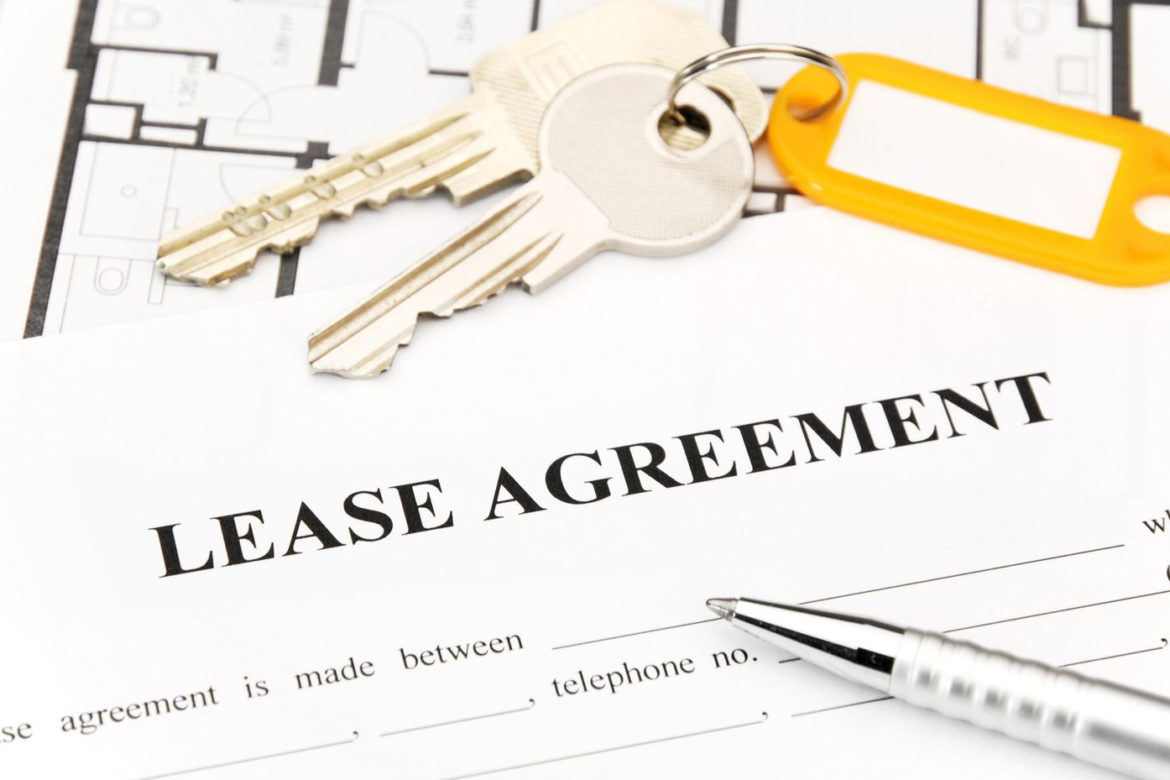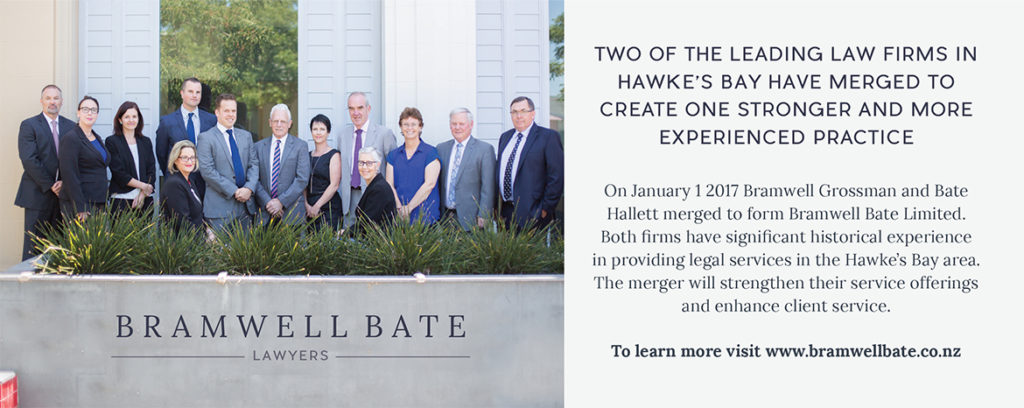It is probably fair to say that most small businesses do not own their own premises and, in such situations, it is necessary to “lease” premises.
An Agreement to Lease (ATL) is usually the preliminary document, prepared by a commercial real estate agent, that contains the basic information agreed on by the Landlord and Tenant.
The formal Deed of Lease replaces the ATL and is usually prepared in accordance with the terms and conditions contained in the ATL.
Agreement to Lease
As mentioned above, this is the precursor to the Deed of Lease and generally only contains the basic information. However, it is important to ensure that the Agreement covers the following elements:
- A clearly defined description of the premises;
- The term of the Lease;
- The dates of the Lease or how they will be calculated:
- Commencement date;
- Any renewal dates;
- Rent review dates; and
- Final expiry date.
• What rights of renewal the Tenant has;
• How rent will be reviewed (e.g. market rent review or CPI rent review);
- Annual rent;
- Details of the outgoings:
- What outgoings are charged;
- Estimated cost; and
- Whether cost included or in addition to the rental.
- The agreed business use;
- Type of insurance for the building held by the Landlord;
- All Landlords fixtures, fittings, and chattels.
It is important to note that the ATL is a binding contract between the Landlord and a prospective Tenant and while it is only intended to be a temporary document until a full “Deed of Lease” is executed, the ATL will provide that the parties will be bound by the provisions of the Deed of Lease as if it had been signed.
Considering this, it is very important that a Tenant not only be aware of and be advised on the terms of the ATL but also the Deed of Lease prior to signing the ATL. For example, the Landlord may require (where a company is to be the tenant) for individuals to be personal guarantors of the Lease. It is essential that the parties to the Lease, including the proposed personal guarantors, are aware of the implications of the guarantee and how, as an example, it is treated on assignment of the Lease by the Tenant.
Deed of Lease
This replaces the ATL and is prepared based on the information contained in the ATL.
What is contained in the Deed of Lease will vary, however it should contain all the main details set out in the ATL (such as listed above), and you would also expect the Deed of Lease to include details of:
- Responsibility for legal costs in relation to the Lease and future documents required;
- Tenant’s obligations as to maintenance and care of premises;
- Landlord’s responsibility for maintenance;
- Signage – does the Landlord need to consent to Tenant’s signage?
- Reinstatement of premises on termination of Lease;
- Assignment of the Lease;
- Damage or destruction of premises;
- Premise condition report.
Can you rely on an Agreement to Lease alone?
While it is not uncommon for a tenancy to commence prior to the Deed of Lease being executed, we would advise that it be signed prior to the Tenant taking possession of the premises.
Given that the ATL binds the parties to the terms of the Deed of Lease, it is workable for the tenancy to be bound by the ATL however there are circumstances where the Deed of Lease will be required, such as:
- Finance arrangements – whether you are a Landlord or a Tenant, your bank may require a copy of the Deed of Lease prior to agreeing to advance funds;
- To confirm dates –where an ATL contained provisions as to how dates will be calculated, the Deed of Lease will record the confirmed dates;
- Sale of premises– if the Landlord wishes to sell the premises, the Deed of Lease will be required.
- Assignment of Lease – if the Tenant wishes to assign the Lease then again, the Deed of Lease will be required.



